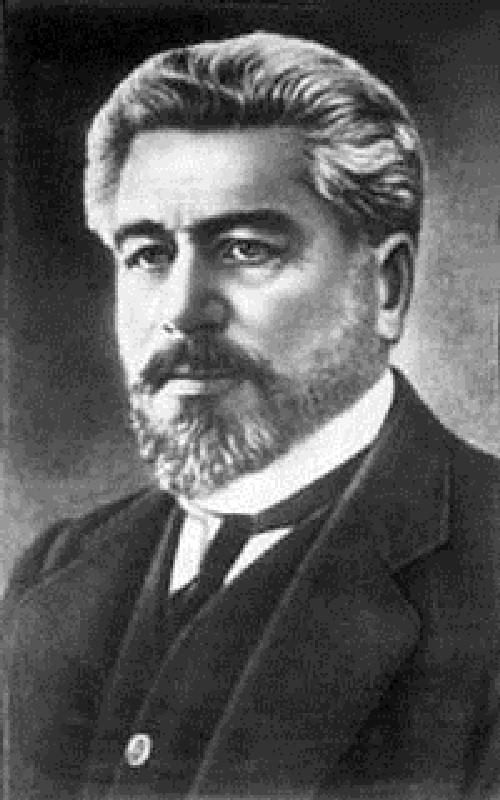Hovhannes Hovhannisian established the lyrical genre in Eastern Armenian poetry in the late nineteenth century and was a contributor to the development of Modern Armenian.
Hovhannisian was born on April 26, 1864, into a peasant family in Vagharshapat. He attended the parochial school in Armenia before studying in Moscow at the Lazarian Language Institute (1877-1883) and Moscow State University (1884-88). In 1889 he traveled around Europe visiting Constantinople, London, Paris, and Vienna. He returned to Vagharshapat and began his teaching career as a Russian language and literature, general literature, and Greek language at the Kevorkian Seminary, where he taught until 1912.
Hovhannisian published his first poem in 1883. His lyrical poetry was a departure from the civic themes that had been at the center of the poetry of Raphael Patkanian and Smbat Shahaziz. His subjects included love and nature, as well as tragedy and the hard life of Armenia’s peasantry. He eventually published three volumes of poetry in 1887, 1908, and 1912. He would inspire his great successors, Hovhannes Tumanian and Avetik Isahakian.
He greatly enriched Modern Armenian through his own work as well as translations. He translated works from classic and contemporary writers, including Homer, Shakespeare, Goethe, Victor Hugo, Ibsen, Pushkin, and Schiller.
Hovhannisian supported the establishment of the Soviet regime in Armenia. He became head of the department of education in the district of Vaghaparshapat and then worked at the legislative committee of the
He passed away on September 29, 1929, in Yerevan. He was buried at the old Mler cemetery in the city, which soon became the Komitas Pantheon. In 1948 his daughter established the Hovhannes Hovhannisian Museum at the house where he was born in the central area of Vagharshapat.

